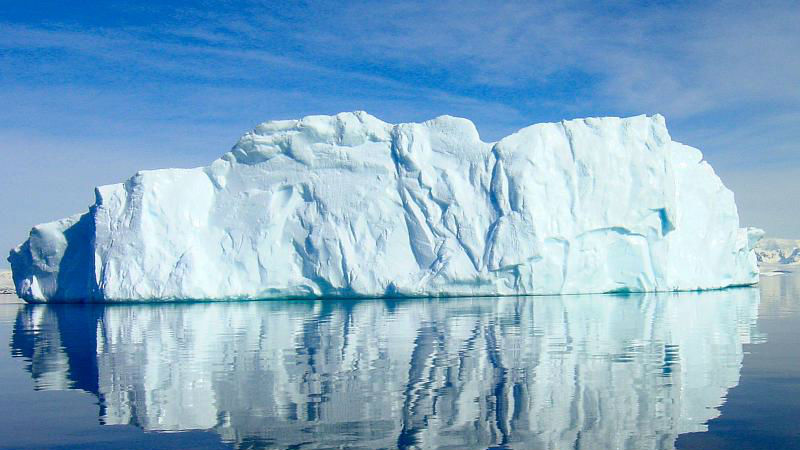-
Tips for becoming a good boxer - November 6, 2020
-
7 expert tips for making your hens night a memorable one - November 6, 2020
-
5 reasons to host your Christmas party on a cruise boat - November 6, 2020
-
What to do when you’re charged with a crime - November 6, 2020
-
Should you get one or multiple dogs? Here’s all you need to know - November 3, 2020
-
A Guide: How to Build Your Very Own Magic Mirror - February 14, 2019
-
Our Top Inspirational Baseball Stars - November 24, 2018
-
Five Tech Tools That Will Help You Turn Your Blog into a Business - November 24, 2018
-
How to Indulge on Vacation without Expanding Your Waist - November 9, 2018
-
5 Strategies for Businesses to Appeal to Today’s Increasingly Mobile-Crazed Customers - November 9, 2018
NASA New Report on Antarctica Gaining Ice Coverings Violates IPCC’s 2013 Report
According to a report from Christian Science Monitor, the study flies in the face of a few of the most reputable sources on the dynamics of polar ice in Antarctica, including the Intergovernmental Panel on Climate Change.
Advertisement
The researchers figured the mass gain from the thickening of East Antarctica ice remained steady from 1992 to 2008 at 200 billion tons per year while losses from the coastal regions of West Antarctica and the Antarctic Peninsula increased by 65 billion tons per year.
The lead author of the study, Jay Zwally, a glaciologist with the NASA Goddard Space Flight Center says he and his team do indeed agree with the classic studies on melting glaciers at the poles, but only concerning the Antarctic Peninsula and the Thwaites and Pine Island region of West Antarctica. The main point where the new study violates the existing studies lies in the results of East Antarctica and the interior of West Antarctica where huge gain in ice coverings have been reported.
Zwally says the satellite measurements he and his colleagues analyzed reveal “small height changes over large areas, as well as the large changes observed over smaller areas”.
In fact, the lack of melting in Antarctica could be reducing the sea level rise by 0.23 millimeters each year. He said that if the losses continued to increase at the same rate they’ve been growing, the losses will catch up with the gains in about 20 or 30 years, and there will not be enough snowfall to counter those losses.
By analyzing satellite data, NASA suggests that Antarctica gained 112 billion tons of ice on average 1991 to 2001.
The new NASA research appears to contradict what has been said in several previous studies. Thus, when scientists talk about gains in the ice sheet they are focused on Antarctic land ice, which is stored land mass accumulated through snowfall.
Scientists are hopeful that the eminent global sea level rise could slowdown.
The gains came in the form of ice thickening – thickening researchers have previously dismissed as snow accumulations.
Given the massive challenge of measuring the ice cover in Antarctica using airplanes and satellites, the scientists at NASA are certainly not asserting that climate change has ceased to be a problem.
The latest findings revealed Antarctic snow amassing keeps on contributing to more ice mass. In any case, the researchers found that the net addition has decreased in the course of the most recent 14 years.
The agency is developing new tools – due to launch in 2018 – that will help more accurately measure long-term ice changes in Antarctica.
“But this is also bad news”, he added. This is in direct conflict with the IPCC’s calculation that Antarctica contributed 0.27 millimeters of sea level rise each year.
Advertisement
The upcoming ICESat 2 mission will be able to track snowpack changes in Antarctica down to the thickness of a pencil.




























